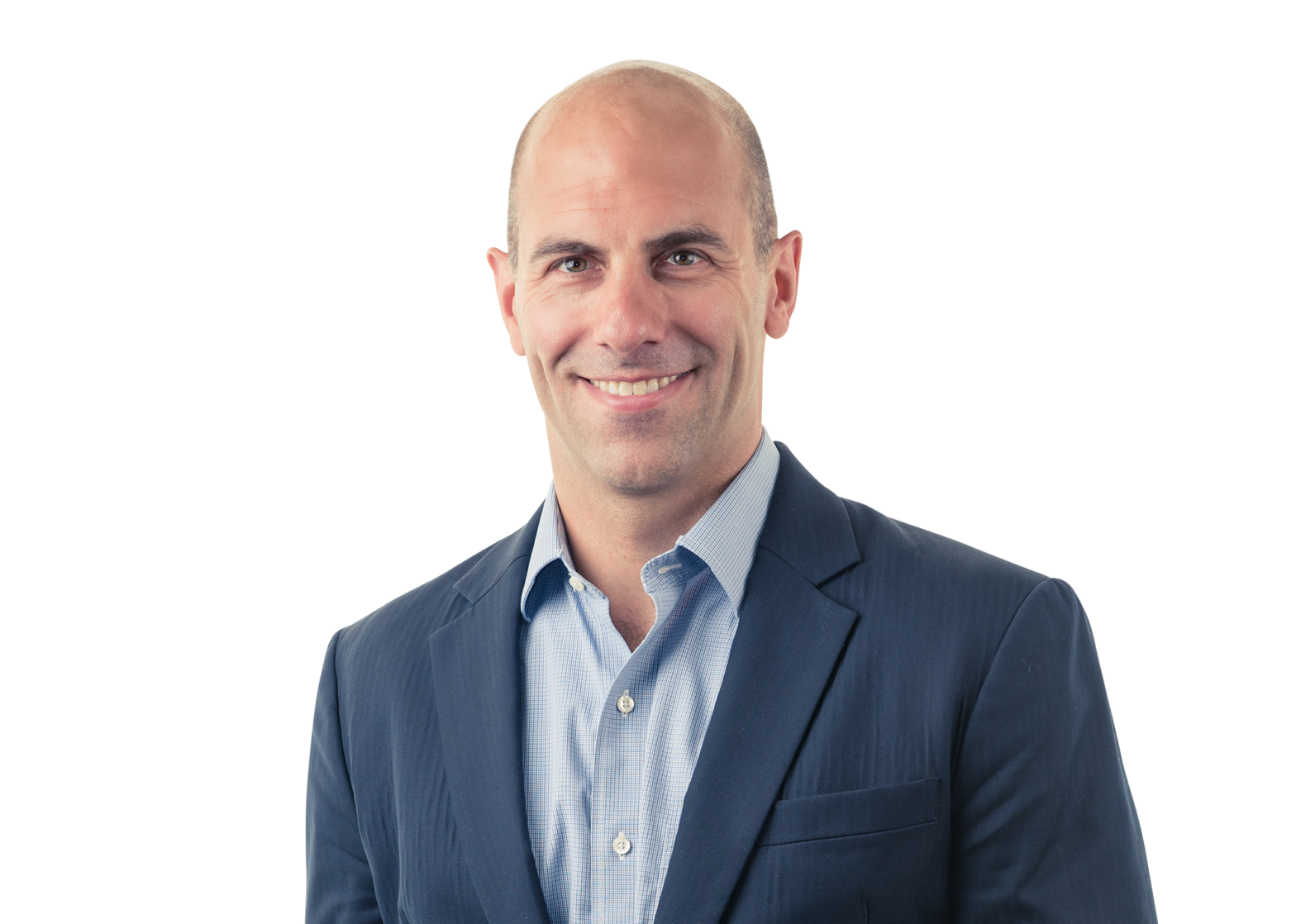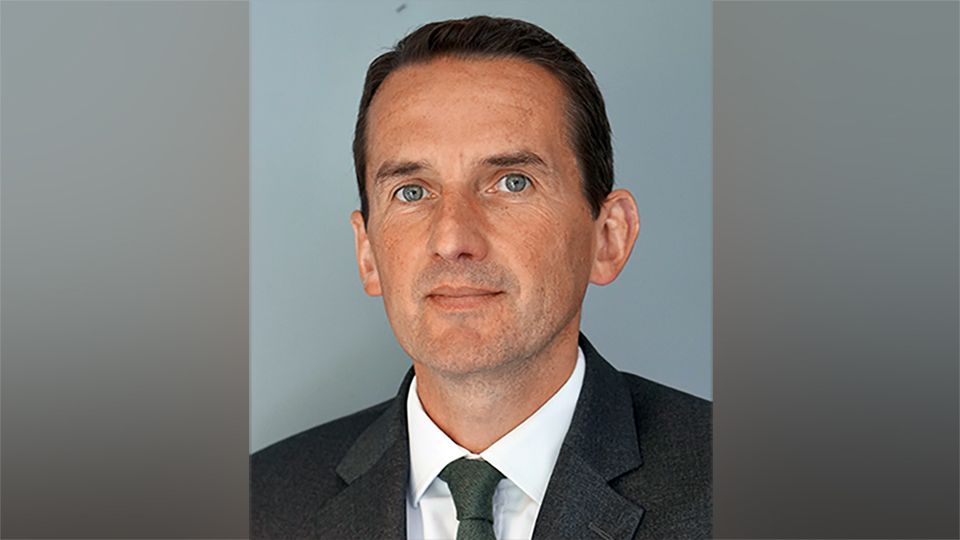Joe Mares, manager of the Trium ESG Emissions Impact Fund, says we need to look at history – and some modern-day films and books – to see what is next for oil
I have had several conversations with investors in recent weeks, and many have asked my opinion on oil prices going negative, and how very low oil prices impact environmental investors.
I try to take a long-term view – and I measure long term in decades, not years. Most people look at data that you can get on your Bloomberg screen – which only goes into the early 1980s when the first oil futures contract started trading on NYMEX.
Lessons from history
To understand the current situation we need to look much further back – to the 1920s, 1930s or 1950s. For most of the history of the oil industry- returns in the upstream were low.
The original oil billionaire was John D. Rockfeller who controlled 80% of the US oil industry a century ago – he did this by controlling the railroads first, and then refineries. Oil is worthless if it can’t be transported to a refinery and turned into gasoline or diesel.
If you control the infrastructure around an oilfield, you control the price. The seven sisters did the same thing to Middle Eastern countries in the 1950s and 1960s, keeping upstream prices low to producers, while keeping the economic rent in the midstream and downstream. It was only with the Yom Kippor war in 1973, and OPEC embargo, and then the Iranian revolution in 1979, that returns in the upstream really took off.
Pre-1973, unless you had an absolutely enormous oilfield, you had little economic rent, and usually you were pushed around by bigger companies with downstream access.
If you have time on your hands during lockdown and want to watch a good movie – check out There will be Blood with Daniel Day Lewis. This is central question of this movie. Day Lewis finds an oilfield, but standard oil won’t pay him for his oil as he doesn’t use their pipeline.
Energy is going green
The point is this – we are returning to the normal state of the oil industry over the last 150 years. If you don’t have infrastructure and downstream access – you can’t guarantee a fair price for your oil, and whenever the market is over-supplied – your marginal price is zero.
Obviously demand will recover, and I think the infrastructure problems will get easier – but it is important to recognise that what happened at expiry for the May contract has happened before in the 1920s and 1930s – you just can’t see it on your Bloomberg.
The only difference between now and then – thank goodness – is that environmental regulation has improved. Prices in the 1920s never went to zero, as the producer would just literally set the oil on fire rather than take a negative price – with terrible environmental consequences. Again, there is a scene in There will be Blood showing this in the background – that’s not allowed anymore.
If you have more time and would rather read a book rather than watching a movie, Daniel Yergin’s The Prize is an industry classic, or Bob Mcnally’s Oil Volatility, or Bryan Burrough’s The Big Rich, or Ron Chernow’s biography Titan about John D. Rockefeller, all discuss the oil industry in the 1920s and 30s.
Further headwinds
The key point is that we need to examine the complete span of history, not just what we can easily pull up on a Bloomberg chart. The other point I want to mention is that the ECB, Fed, and of Bank of Japan are buying fixed income, and even equities sometimes, but they will not buy commodities, in our view.
The only commodity that European governments have the ability to reduce supply of is carbon emissions – through the tradeable emissions markets. Buying EU emissions at roughly €20 euros a tonne may be more attractive than buying oil at €20 euros in the long run.








